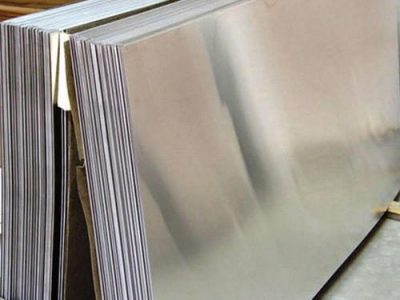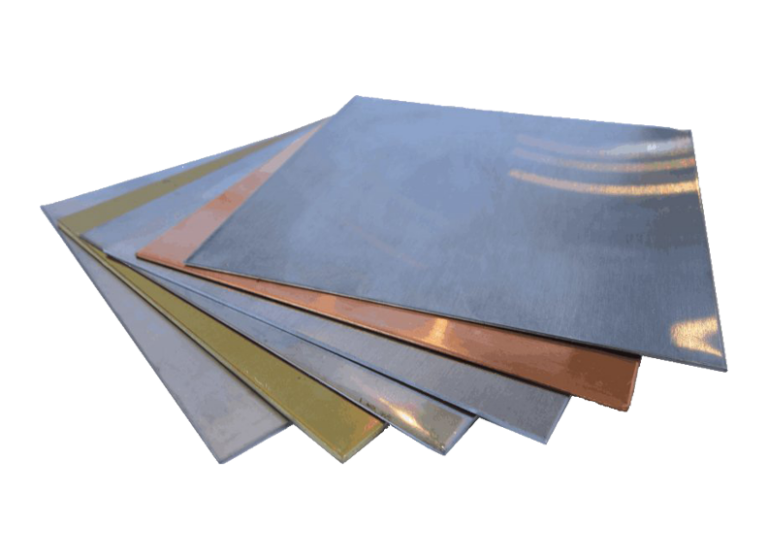- 800.391.1775
- [email protected]
- Mon - Fri: 8:00 - 5:00 p.m
There are many types of metals used in fabrication. Choosing the right material for the job is essential; Each metal has different tensile strength, durability, weight, cost, making the decision difficult to be made without expert help. Most commonly used metals are brass, copper, steel, and aluminum.
Steel
Stainless Steel
- Austenitic stainless: is a non-magnetic - Known for their formability and resistance to corrosion, these are the most widely used grade of stainless steel.
- Ferritic: Stainless steels that are magnetic, non-heat-treatable steels. Typically employed for non-structural uses where either good corrosion resistance is needed such as with seawater applications or decorative applications where aesthetics are the main concern.
- Martensitic: A group of chromium steels that are both corrosion resistant and hardenable via heat-treating to a wide range of hardness and strength levels.
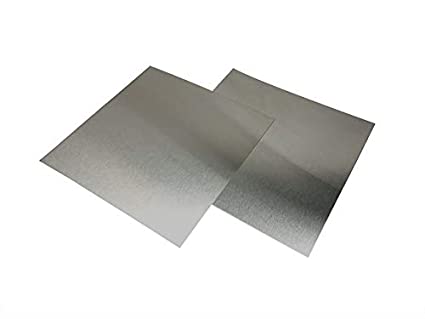
Galvanized steel
- In the galvanizing process, the steel takes a bath in an 850° F liquid zinc solution. Air knives blow off excess zinc to create the desired coating thickness. The zinc and steel form a molecular bond on the exterior which prevents and limits rust formation.
- familiar to anyone who has looked closely at HVAC ducting or highway guardrails. It has a characteristic marbled pattern of light and dark gray patches called spangling.
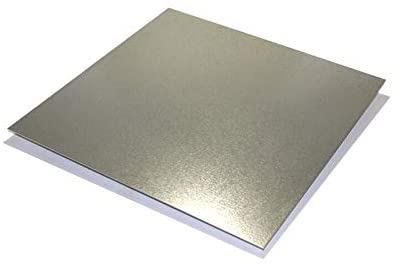
Galvannealed Steel
- Galvanneal steel is galvanized steel that goes through a second process. The sheet metal is heated in a 1050° F annealing oven, which draws some of the iron into the outermost layers of the steel, creating a zinc-iron alloy.
- The amount of iron on the surface strengthens the material, making it less susceptible to damage. A side effect of the process is that it also improves paintability.
- Galvannealed steel has a flat gray, slightly-matted finish. The surface is attractive. That’s a result of the annealing process, and it’s easy to paint because the zinc coating is more absorbent. It is often chosen for architectural applications and also in the auto industry.
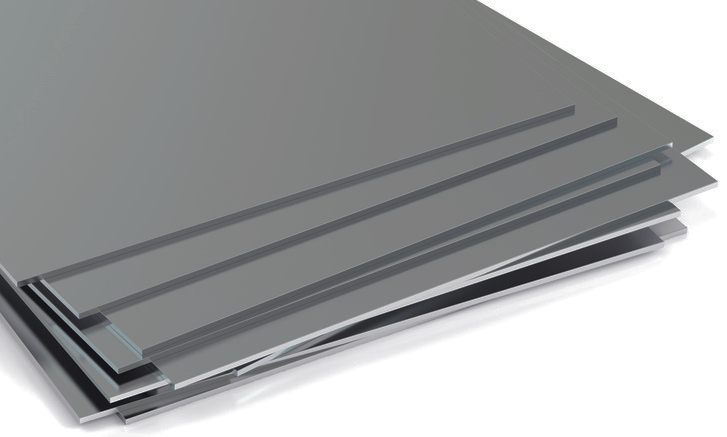
Aluminum
- Balanced strength to weight ratios along with natural corrosion resistance, aluminum metal is the most popular for manufacturing.
- Grade 3003 is strong yet formable. Offers weldability along with corrosion-resistance at a affordable price.
- Grade 5052 and 6061 are commonly found in metal fabrications. 5052 is significantly stronger while remaining formable, weldable, and corrosion-resistant.
- 6061 is a solid structural alloy that is corrosion-resistant and strong, but not formable. Sacrifices some of it's strength when welded.
